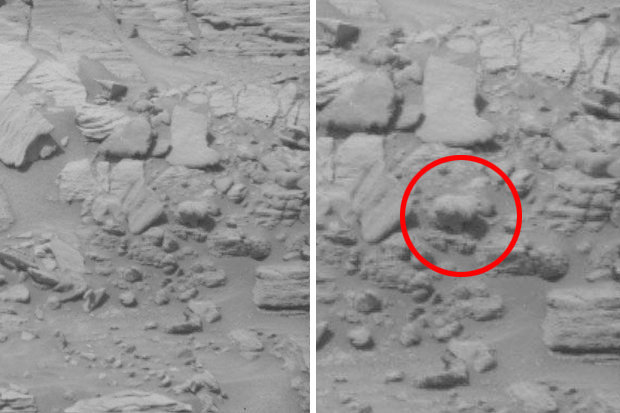-
Tips for becoming a good boxer - November 6, 2020
-
7 expert tips for making your hens night a memorable one - November 6, 2020
-
5 reasons to host your Christmas party on a cruise boat - November 6, 2020
-
What to do when you’re charged with a crime - November 6, 2020
-
Should you get one or multiple dogs? Here’s all you need to know - November 3, 2020
-
A Guide: How to Build Your Very Own Magic Mirror - February 14, 2019
-
Our Top Inspirational Baseball Stars - November 24, 2018
-
Five Tech Tools That Will Help You Turn Your Blog into a Business - November 24, 2018
-
How to Indulge on Vacation without Expanding Your Waist - November 9, 2018
-
5 Strategies for Businesses to Appeal to Today’s Increasingly Mobile-Crazed Customers - November 9, 2018
When to look up: Tonight’s rocket launch may be visible from NYC
A spectacular rocket launch is set to take place before your eyes.
Advertisement
Space junkies can also get a view of the launch through UStream starting at 6 p.m., or keep up with NASA’s Twitter and Facebook pages.
Between 7 and 9 p.m. tonight, look-up and you may see “a cloud that is blue-green and red in color” as NASA launches a sounding rocket from its Wallops Flight Facility in southeast, Va. A few of its parts were 3D-printed, and there are no welds in the body of the rocket cylinder, which was made possible by an entirely different fabrication process called “near net shaping”.
Sounding rockets are considered valuable tools in qualifying new technologies for flight. The agency uses luminescent chemicals like barium to better visualize and track clouds of these particles as they get moved around in the ionosphere by the Earth’s magnetic field. What makes this launch so special will come six minutes after liftoff when the rocket will eject four payloads of barium and strontium, which give off blue, green and red colors that could provide a fun spectacle in the sky.
NASA said the amount of barium and strontium used in the test is much smaller than that used in a typical July 4 fireworks display and poses no hazard to the public.
Sounding rockets carry instruments designed for measuring and collecting data and helping facilitate scientific experiments during a suborbital flight. The rocket is launching from the agency’s Wallops Flight Facility in Virginia. The National Weather Service predicts partly cloudy skies in the evening in eastern Virginia and North Carolina, and mostly clear farther north.
Advertisement
Those not in the Mid-Atlantic region can tune into NASA’s live stream to see the whole event online.





























